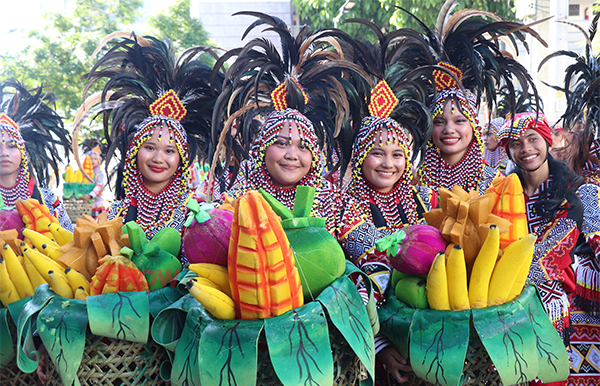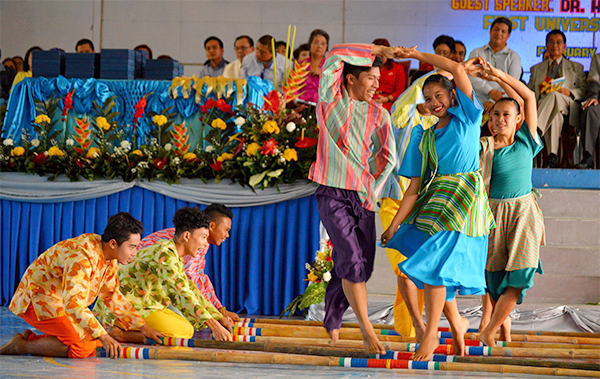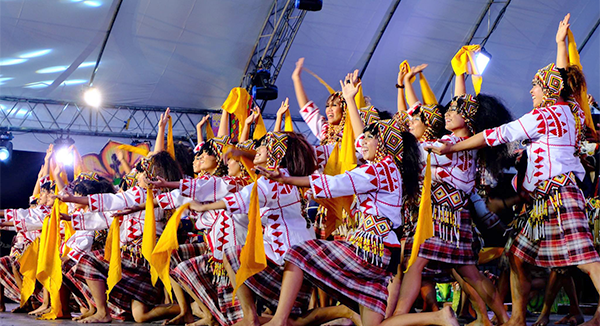Intangible Heritage
As the Philippines celebrates National History Month this August, we ponder on how history informs us of our future, and how our heritage is formed all throughout these years. Our future will never be without our past, and with our history, we understand cultures and how societies have evolved. A less talked about category of heritage, this month we bring you Intangible Heritage, or the oral traditions, practices, knowledge, and/or skills that are passed down to generations.
Photo above retrieved from Kadayawan Festival FB Page
Aklan Piña Handloom Weaving
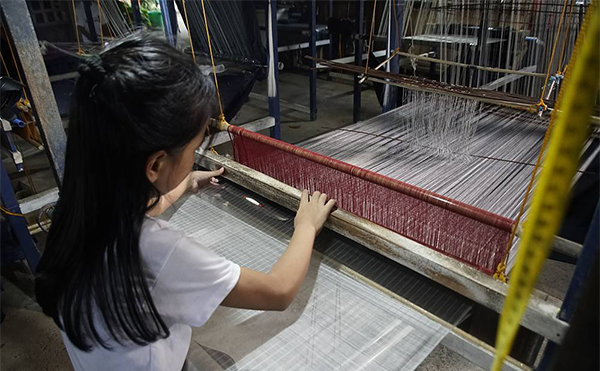
The preferred textile for formal attires, and certainly one of the famous fibres used for handloom weaving, the Piña of Aklan has a specific variety of its fruit namesake to be used as textile. From being scraped out from the piña plant into fine fibres, the process of handloom weaving is transferred through generations, usually with a younger generation watching their grandmothers or mothers when doing a weaved product.
Darangen Maranao Epic Song
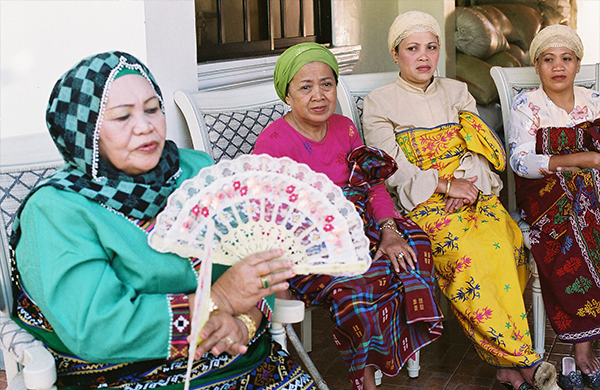
The Darangan is an epic song that celebrates the history of the Maranao people and the sufferings of mythical heroes. The epic, which comprises 17 cycles and 72,000 lines, involves the teachings and knowledge of the Maranao people from the Lake Lanao region in Mindanao. Literally translated as “to narrate in song,” the Darangen has existed before Islam had been introduced in the Philippines, and has themes on life and death, love, politics, social values, and more.
Tinikling
Photo from Wikimedia Commons
Originating from Leyte, Tinikling is the most popular and considered to be the oldest folk dance in the Philippines which means to be like the “tikling,” or a local Visayan bird. The dance’s origin has a number of urban legends surrounding it, one of which was during the Spanish colonial era, it was said that when locals disobey the orders or work slowly, they are to stand between two bamboo poles which will be clapped together to beat the Filipino native’s feet. To escape the punishment, the locals would jump when the poles were about to be clapped, which eventually transformed into the artistic dance we now know of. The Tinikling is danced with two pairs of bamboo poles that are about 6 to 12 feet long. The dancers do the dance barefoot, with them following the rhythm and listening to the music closely to avoid getting their ankles caught.
Kadayawan Festival in Davao
Photo retrieved from Kadayawan Festival FB Page
Once known as Apo Duwaling Festival in honor of Mt. Apo, the tallest mountain the Philippines, the durian, and Waling-waling orchid, Kadayawan Festival was renamed as such in the ‘80s from the term “madayaw,” which means valuable as the festival period is also the time for the season’s bountiful harvest, which is held every August. The festival is celebrated through various events such as the indigenous committee’s traditional games competition, beauty pageant, a street dance competition which features indigenous costumes and dances, a floral parade, and a cultural celebration.

